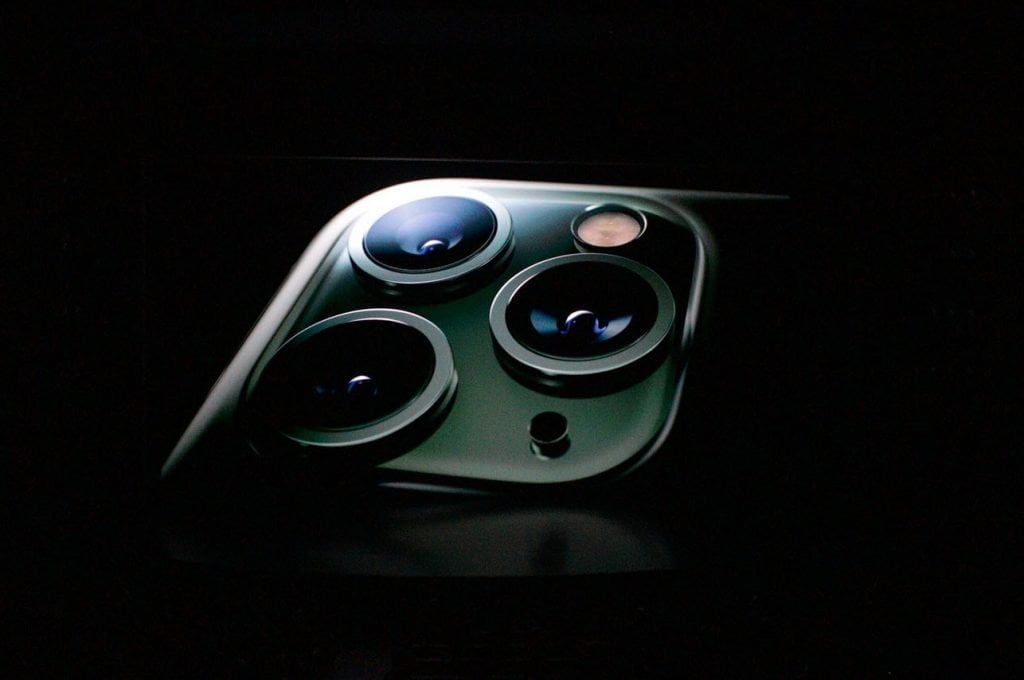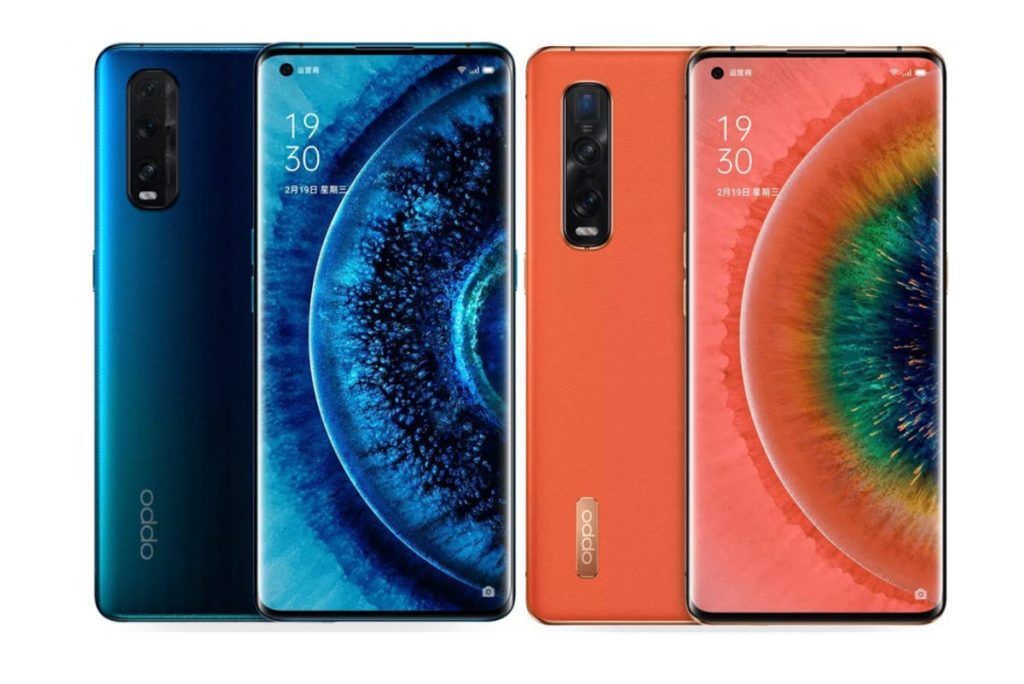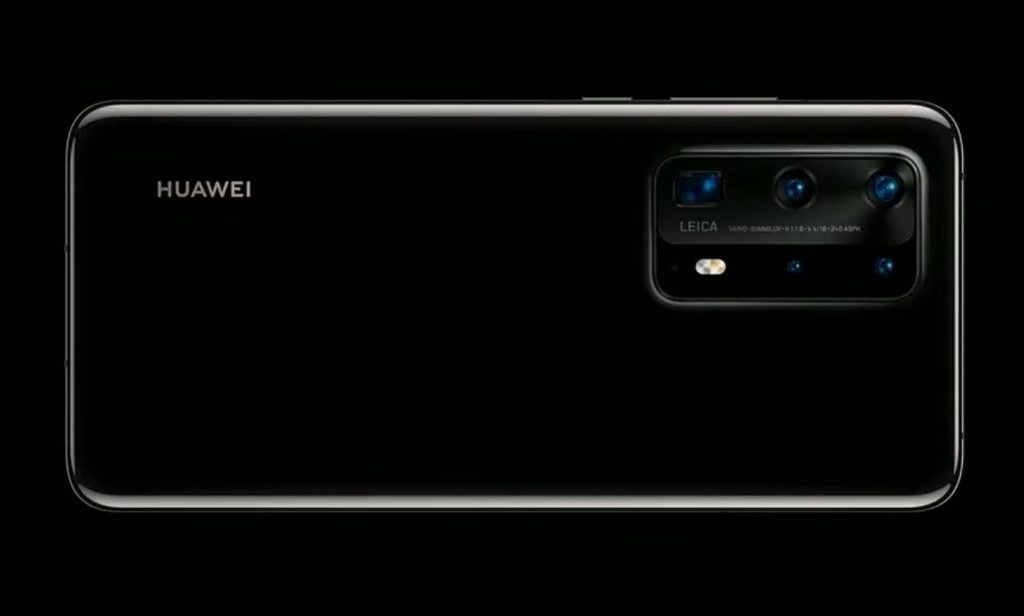The boffins in the DXOMark labs have always put all kinds of new camera smartphones through their paces. This is a website that is renown for calls itself “an independent benchmark that scientifically assesses smartphones, lenses and cameras” and most smartphone makers are proud to quote it whenever their smartphones come up on top.
I have a saying that the best camera smartphone is always the one that you have in your pocket since that’s the only option you have — but with bench-marking sites like DXOMark, you can get the feel of the best in class. Don’t be surprised with the scores they give as some phones could be good in photography and another could be way better in video. The results given by DXOMark are always aggregated results.
By the end of 2019, the Huawei Mate 30 Pro was on top of the DXOmark list –but how things change in less than three months. Here are the top 10 camera smartphones in 2020 so far according to DXOMark.
10. Apple iPhone 11 Pro Max

This iPhone comes with Apple’s new Deep Fusion technology uses the chipset’s neural engine and advanced machine learning to perform pixel-by-pixel optimization for better textures, lower noise, and a wider dynamic range. Read our full review to find out how the new components play together. (You can find out more about some of the iPhone 11 Pro Max’s new imaging features, including the redesigned interface, seamless zooming in video, live bokeh, and HDR preview, in this previous article.)
Key Specs
- Triple-camera setup
- Primary: 12Mp 1/2.55″ sensor, 26mm-equivalent f/1.8-aperture lens, PDAF, OIS
- Ultra-wide: 12Mp sensor, 13mm-equivalent f/2.4-aperture lens
- Tele: 12Mp 1/3.4″ sensor, 52mm-equivalent f/2.0-aperture lens, PDAF, OIS
- Quad-LED dual-tone flash
- 4K video, 2160p/60fps (1080p/30fps default)
9. Xiaomi Mi CC9 Pro
The Xiaomi Mi CC9 Pro comes with a primary wide-angle camera that uses a 108MP Quad-Bayer sensor that produces 27MP image output. It is accompanied by a 20MP ultra-wide camera, and not one but two tele-lenses for optimized performance. The short telephoto provides a 2x zoom factor (50mm equivalent), and the long telephoto multiplies the primary camera’s equivalent focal length by approximately 3.5 (94mm-equivalent). There’s also a dedicated macro camera that our DXOMARK test protocol does not cover. Overall the Premium Edition’s photography specification is very similar to the standard mi CC9 Pro but some components differ between the two models.

Key camera specifications:
- Penta-camera setup
- Primary: 108MP sensor 1/1.33-inch sensor with 25mm-equivalent, f/1.69-aperture lens, OIS (27MP output resolution)
- Short telephoto: 12.19MP 1/2.6-inch sensor with 50mm-equivalent, f/2-aperture lens
- Long telephoto: 7.99MP 1/4.4-inch sensor with 94mm-equivalent, f/2-aperture lens, OIS
- Ultra-wide: 20.11MP 1/2.8-inch sensor with 16mm-equivalent, f/2.2-aperture lens
- Macro: f/2.4 lens designed for close focus from 2 to 10cm (not tested)
- Dual flashes, one with hard light and one with soft light
8. Huawei Mate 30 Pro
The Huawei Mate 30 Pro still standing strong at number 8 dropping from number one last year. The rear camera features a total of four modules, including a time-of-flight (ToF) sensor for 3D improved depth-sensing in bokeh mode. On paper, the primary camera’s hardware specs are the same as this year’s P30 Pro model, with a 40Mp Quad-Bayer sensor and a f/1.7-aperture lens. But the Mate 30 Pro doesn’t get the P30 Pro’s 5x tele; instead it uses a 3x tele module very similar to what we saw in the (non-Pro) P30. The ultra-wide camera is brand new, however. At 18mm, it is far from the widest we have seen, but has a very large 1/1.54″ sensor, a fast f/1.8 aperture, and unusually, a 3:2 aspect ratio.

Key camera specifications:
- Quad-camera, including ToF sensor
- Primary: 40Mp 1/1.7″ sensor, 27mm-equivalent f/1.6-aperture lens, PDAF, OIS
- Ultra-wide: 40Mp 1/1.54″ sensor, 18mm-equivalent f/1.8-aperture lens, PDAF
- Tele: 8Mp 1/4″ sensor, 80mm-equivalent f/2.4-aperture lens, PDAF, OIS
- ToF 3D depth-sensing camera
- Dual-LED flash
- 4K video, 2160p/60fps (2160p/30fps default)
7. Samsung Galaxy S20 Ultra
Samsung’s power house of a camera phones hops in at number 7. The S20 Ultra’s primary shooter offers an updated version of the 1/1.33-inch 108MP-resolution sensor that we saw on the Xiaomi Mi 10 Pro. The S20 Ultra now uses 3×3 pixel binning (instead of the 2×2 of the Xiaomi), combining 9 pixels into one “super-pixel” that results in a bigger effective pixel size of 2.4µm to help improve image quality in the 12MP image output. The primary sensor is coupled to a standard wide-angle 26mm-equivalent lens with f/1.8-aperture.
For the tele-camera, Samsung has implemented a periscope-style lens similar to that in Huawei’s and Honor’s flagship phones. The S20 Ultra’s 103mm f/3.5-aperture lens provides a native 4x optical zoom. The 10x hybrid combines image information from the 48MP tele-camera and from the high-resolution 108MP main shooter. Both the primary and tele-cameras also feature PDAF autofocus and optical image stabilization (OIS).

Key camera specifications:
- Primary: 108MP 1/1.33″ sensor, 26mm-equivalent f/1.8-aperture lens with PDAF autofocus and OIS
- Telephoto: 48MP 1/2.0″ sensor, 103mm-equivalent f/3.5-aperture periscope lens with PDAF autofocus
- Ultra-wide: 12MP sensor, 13mm-equivalent f/2.2-aperture lens
- Depth: 0.3MP ToF 3D sensor with f/1.0-aperture lens
- LED flash
- Video: 8K 4320p/24fps, 4K 2160p/60fps (2160p/30fps tested)
- Exynos 990 (Snapdragon 865) chipset
6. Honor V30 Pro
The main camera offers a triple sensor and lens setup, including a standard wide-angle 27mm-equivalent primary shooter, a second 16mm-equivalent ultra-wide-angle shooter, and an 80mm-equivalent telephoto for 3x optical zoom shots. The main camera features a 1/1.7-inch 40MP quad-bayer sensor, resulting in a final 10MP resolution output. The ultra-wide and telephoto cameras utilize standard array sensors, with 10MP final output from the 1/4-inch telephoto sensor and 12MP output for the ultra-wide. All three sensors boast PDAF with laser assisted autofocus. Both the main and telephoto cameras are equipped with an optical image stabilized (OIS) lens.

Key camera specifications:
- Triple-camera setup
- Primary: 40MP 1/1.7-inch sensor and 27mm f/1.6-aperture lens with OIS
- Ultra-wide: 12MP sensor with 1.4µm pixels and 16mm f/2.2-aperture lens
- Telephoto: 8MP 1/4-inch sensor and 80mm f/2.4-aperture lens with OIS
- PDAF and laser autofocus (all cameras)
- LED flash
- 4K 2160p/30fps video with gyro-EIS
5. Huawei Mate 30 Pro 5G
The 5G version of Huawei’s last year flagship comes in at number 5. The rear camera combines four individual modules, including a time-of-flight (ToF) sensor for 3D depth measurements in bokeh mode. The primary wide-angle shooter features a 40MP Quad-Bayer sensor and a f/1.7-aperture lens. The tele-camera uses a 3x lens with 80mm-equivalent focal length, and there’s also an ultra-wide sensor with a large 1/1.54″ sensor and fast f/1.8 aperture.
Key camera specifications:
- Quad-camera setup
- Primary: 40MP 1/1.7″ sensor, 27mm-equivalent f/1.6-aperture lens, PDAF, OIS
- Ultra-wide: 40MP 1/1.54″ sensor, 18mm-equivalent f/1.8-aperture lens, PDAF
- Tele: 8MP 1/4″ sensor, 80mm-equivalent f/2.4-aperture lens, PDAF, OIS
- ToF 3D depth-sensing camera
- Dual-LED flash
- 4K video, 2160p/60fps (2160p/30fps default)
4. Xiaomi Mi 10 Pro
This is the international version of the Xiaomi Mi CC9 Pro that comes with a primary wide-angle camera that uses a 108MP Quad-Bayer sensor that produces 27MP image output.
Key camera specifications:
- Primary: 108MP, 1/1.33-inch sensor with 25mm-equivalent, f/1.69-aperture lens, OIS (25MP output resolution)
- Short telephoto: 12MP, 1/2.6-inch sensor with 50mm-equivalent, f/2-aperture lens
- Long telephoto: 8MP, 1/4.4-inch sensor with 94mm-equivalent, f/2-aperture lens, OIS
- Ultra-wide: 20MP, 1/2.8-inch sensor with 16mm-equivalent, f/2.2-aperture lens
- Qualcomm Snapdragon 865 chipset
3. Oppo Find X2 Pro
The Oppo Find X2 Pro come with a primary shooter has a very large 1/1.4-inch 48MP Quad-Bayer sensor that produces 12MP output and channels incoming light through a 26m-equivalent lens with a fast f/1.7 aperture. With a 16mm-equivalent lens, the ultra-wide camera isn’t the widest we have seen, but it is in line with many of the Oppo’s direct competitors. It comes with a fairly large 1/2-inch sensor and PDAF autofocus. The 13MP tele-camera offers a whopping 5x optical zoom factor and optical image stabilization, but the f/3 aperture is slower than on most competing devices.

Key camera specifications:
- Triple-camera setup
- Primary: 48M 1/1.4-inch Quad-Bayer sensor and 25.46mm-equivalent f/1.7-aperture lens, OIS
- Ultra-wide: 48MP 1/2-inch Quad-Bayer sensor and 16.5mm-equivalent f/2.2-aperture lens
- Tele: 13MP 1/3.4-inch sensor and 128.77mm-equivalent f/3-aperture lens, OIS
- PDAF on all cameras
- Dual-LED flash
- 4K/60fps video with HDR (4K/30fps tested)
2. Honor 30 Pro+
The Honor’s primary shooter uses the same large 50MP 1/1.28-inch sensor we’ve seen on the P40 Pro, but has to make do without optical image stabilization. As with the Huawei, the dedicated tele-camera features a periscope-style lens with a 125mm-equivalent focal length. However, it captures images with an 8MP sensor instead of a 12MP variant. On the other hand, the Honor’s 16MP 1/3.09-inch sensor in its ultra-wide camera setup is very different from the Huawei and offers a slightly wider 17mm-equivalent field of view.

Key camera specifications:
- Triple camera setup
- Primary: 50MP 1/1.28″ sensor (12MP output), 23mm-equivalent (1x defined as 27mm) f/1.9-aperture lens, Octa-PD AF
- Ultra-wide: 16MP 1/3.09″ sensor, 17mm-equivalent f/2.2-aperture lens, PDAF
- Tele: 8MP 1/3.6″ sensor, 125mm-equivalent f/3.4-aperture lens, PDAF, OIS
- LED flash
- 4K video, 2160p/60fps (2160p/30fps tested)
- Kirin 990 chipset
1. Huawei P40 Pro
With 4/6 phones with the best cameras coming from Huawei, its clear that the Chinese company is winning when it comes with smartphone photography. Huawei’s P40 Pro is the company’s latest high-end smartphone. The primary shooter comes with a very large 1/1.28″ 50MP Quad-Bayer sensor that produces 12MP image output. As with other devices with similar sensors, it uses pixel binning to increase dynamic range and low-light capabilities. The lens features an f/1.9 aperture and nominal 23mm-equivalent focal length.
Like with the Mate 30 Pro, Huawei implements a large and high-resolution image sensor (40MP 1/1.54″) in its ultra-wide camera, which combined with a fast f/1.8 lens, should make for excellent low-light image quality. The P40 Pro’s tele-camera comes with similar technology to last year’s P30 Pro. The module is optically stabilized and uses folded optics to achieve a 5x optical zoom factor

Key camera specifications:
- Quad camera setup, including ToF sensor
- Primary: 50MP 1/1.28″ sensor (12MP output), 23mm-equivalent (1x defined as 27mm) f/1.9-aperture lens, full-pixel Octa-PD, OIS
- Ultra-wide: 40MP 1/1.54″ sensor, 18mm-equivalent f/1.8-aperture lens, PDAF
- Tele: 12MP 1/3.56″ sensor, 125mm-equivalent f/3.4-aperture lens, PDAF, OIS
- ToF 3D depth-sensing camera (78-degree FOV)
- LED flash
- 4K video, 2160p/60fps (2160p/30fps tested); default is wide-angle camera 1080P/30fps
- Multispectral color temperature sensor


